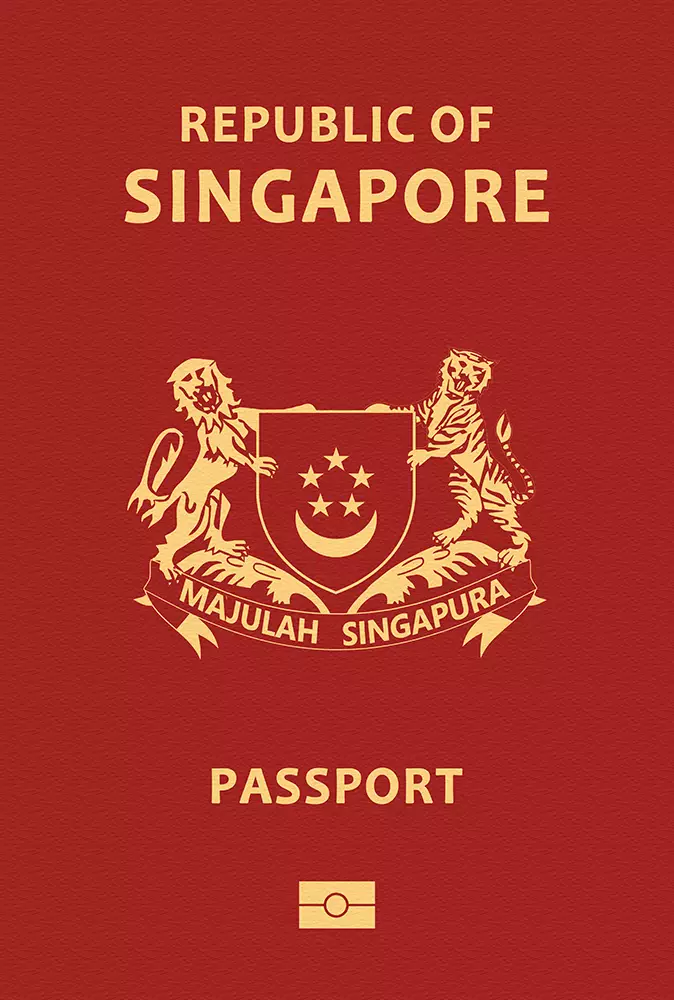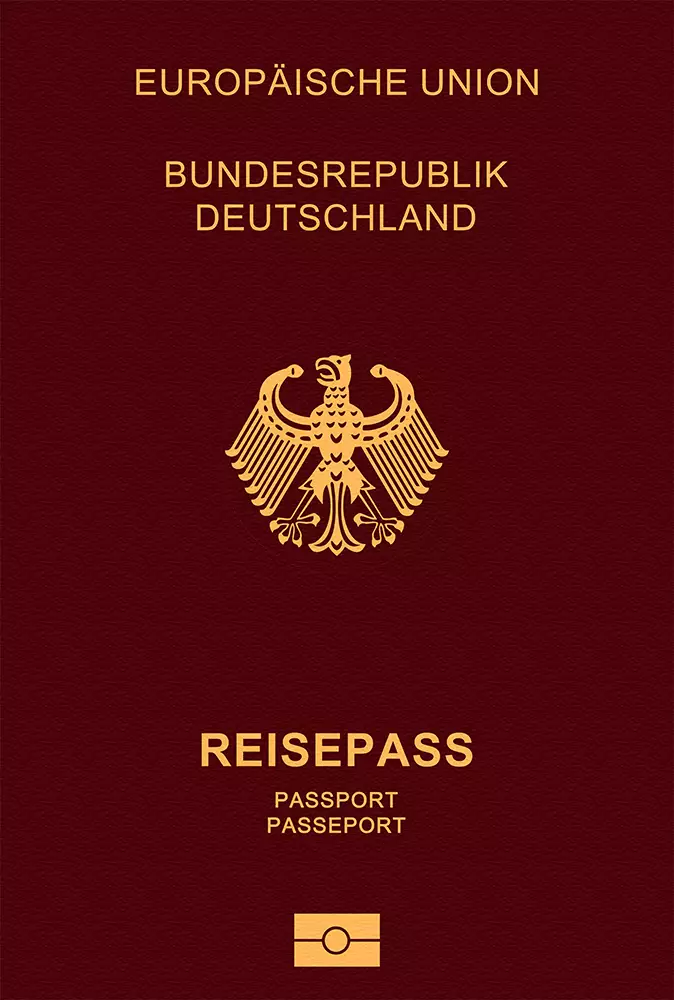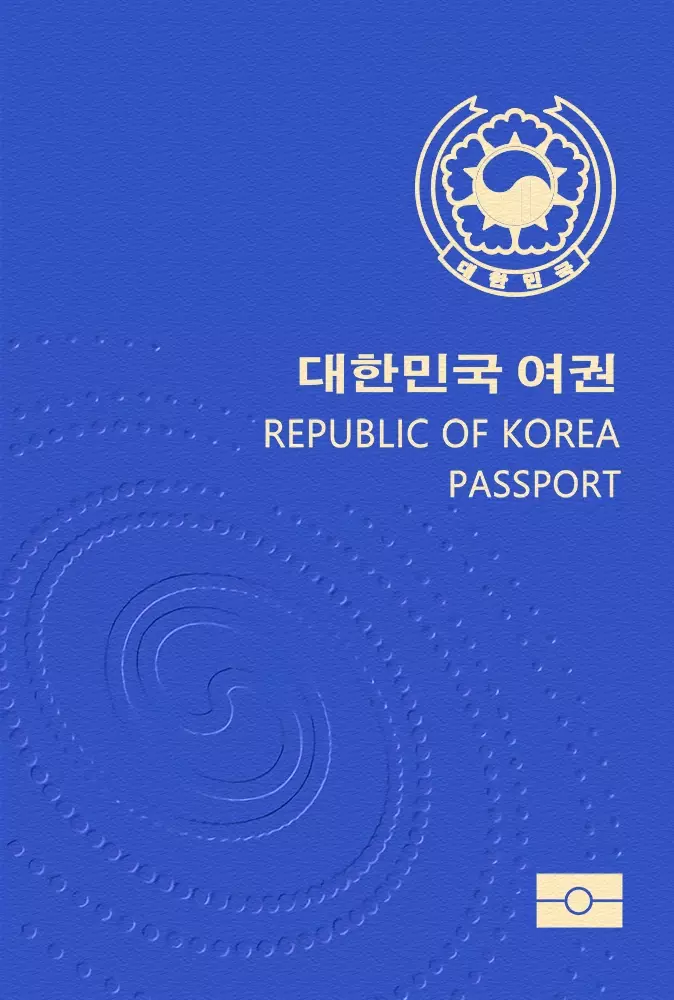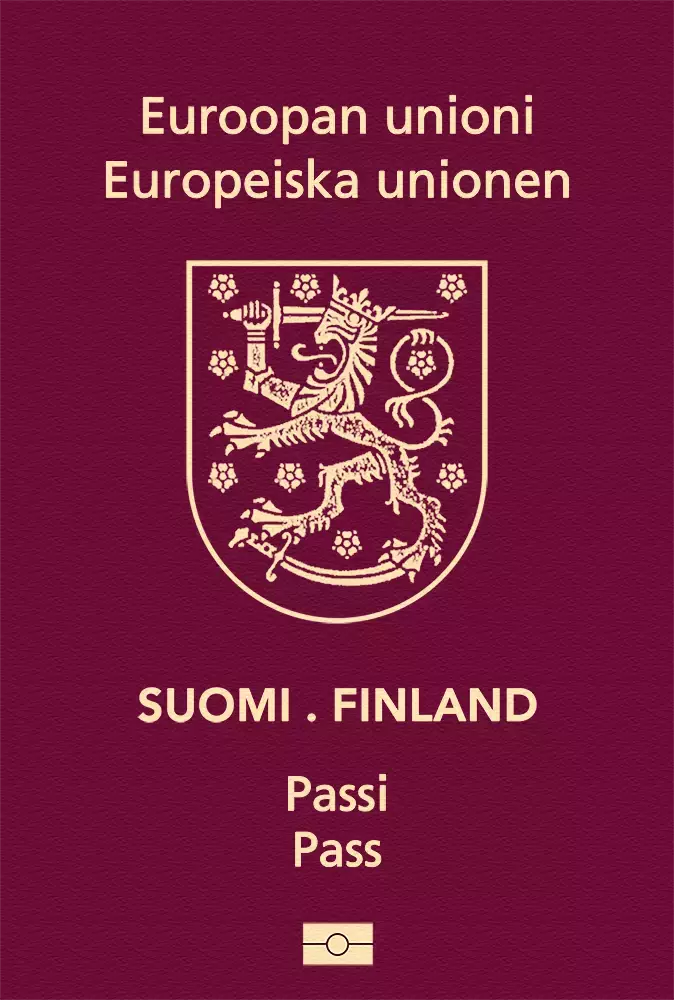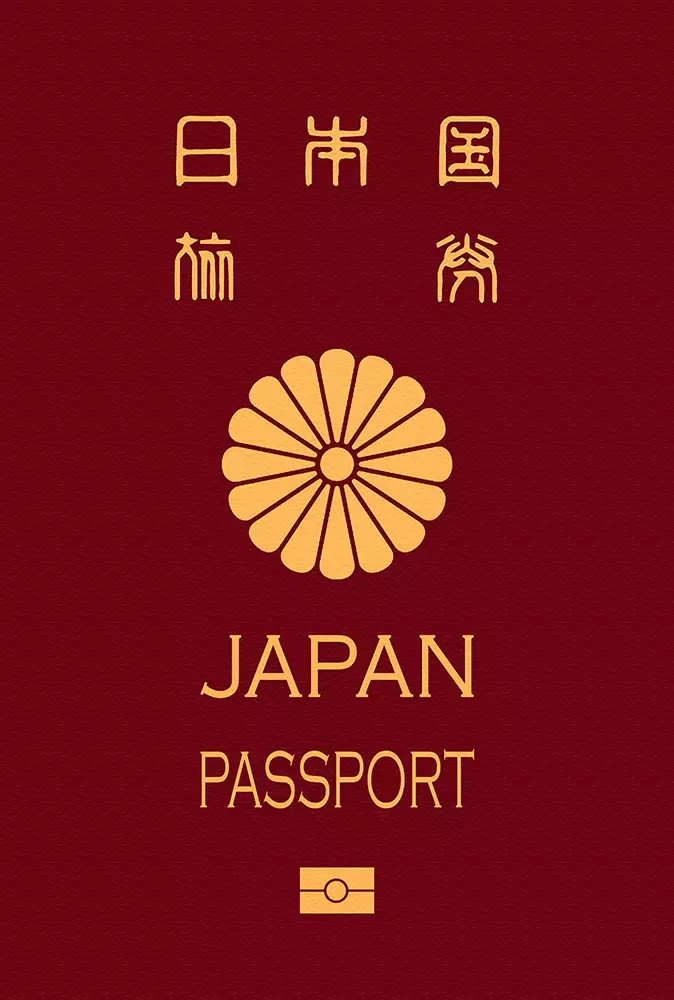The Republic of Guinea-Bissau is a former Portuguese territory. It is located in Western Africa and is divided into eight regions. It shares borders with Guinea, Senegal, and the North Atlantic Ocean. The most significant regions are Bissau, Biomo, and Bolama. The country is Africa's 42nd biggest, covering 36,125 square kilometers. This makes it one of the continent's smallest countries. Its climate is tropical, which means it is often hot and humid, with a monsoon rainy season lasting from June to November. The landscape consists of low coastal lowlands, wetlands, and mangroves, with woodland savanna to the east. The aggregate population exceeds 1.8 million people.Bissau, the country's capital and most populous city, with 500,000 inhabitants. Other notable cities in the country are Bafata, Gabu, and Bissora. The biggest airport is Osvaldo Vieira International Airport (OXB). It connects the country to places in Africa and Portugal. The Republic of Guinea-Bissau obtained independence from Portugal in 1973. Its culture is shaped by a combination of customs and Portuguese heritage. The country has a diverse religious population, with Muslims being the large majority. The nation's official language is Portuguese. The legal system is civil law, based on the Portuguese system. The government is a semi-presidential republic, with President Umaro Cissoko Embalo elected chief of state and Prime Minister Nuno Nabiam in charge of government. Elections are held every five years, and the president is elected with an absolute majority. The official currency of the country is the West African CFA franc (XOF), with a current exchange rate of XOF 560 to the USD. Guinea has an open economy, with a GDP of around $3.3 billion. Its per capita income is $1,951. The biggest GDP contributors are services, agriculture, and industry. Cashews account for 80% of the country's exports and are currently the only major source of income. There are, however, substantial mineral reserves for future exploration and economic development. Guinea-Bissau is an emerging tourism destination with minimal tourist attractions. It is famous for its fauna and scenery. There are currently no UNESCO World Heritage sites. The primary tourist attractions are beaches and wildlife excursions. Some popular places are Orango Island, Bubaque Island, Dulombi-Boe National Park, Bissau, Bolama Island, Varela, Rubane, and Saltinho. The country received approximately 45,000 visits each year on average.







































































































































































































































